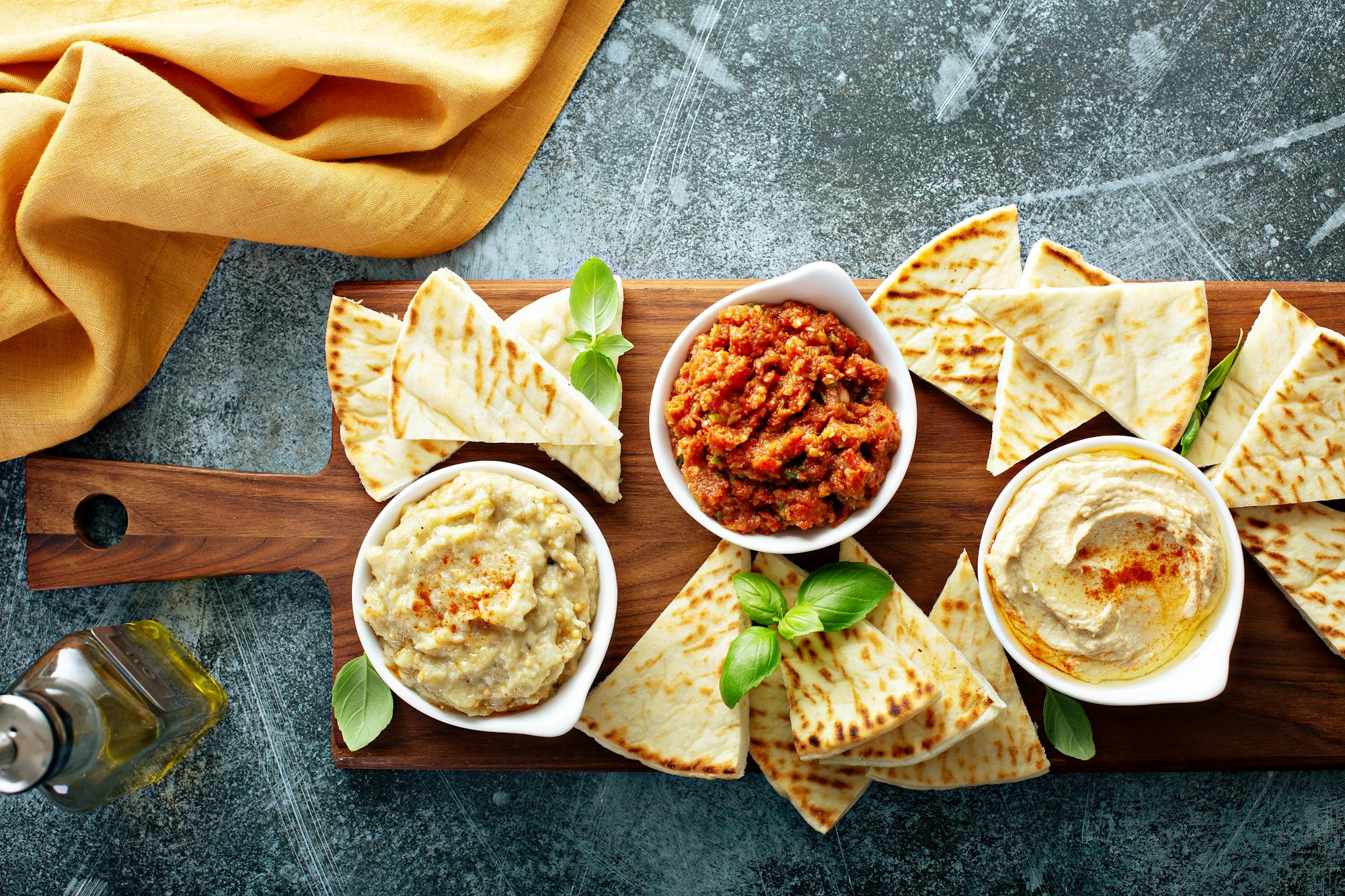How to Create a Gourmet Middle Eastern Mezze Platter with Homemade Hummus and Falafel?

When you think of a Middle Eastern mezze platter, your taste buds are instantly teased with a wide variety of flavors, colors, and textures. This appetizing spread has become a global favorite thanks to its healthy ingredients and delightful tastes. In this article, you’ll learn how to create a gourmet Middle Eastern mezze platter showcasing homemade hummus and falafel, two of the most beloved delicacies in Middle Eastern cuisine.
Creating a Gourmet Middle Eastern Mezze Platter
A Middle Eastern mezze platter is not just a meal; it’s a social experience. Traditionally, friends and family gather around a spread of small dishes, nibbling, sharing, and immersing themselves in a vibrant culinary journey. Here’s how to curate a mezze platter that’s not only deliciously satisfying but also visually appealing.
A lire également : What’s the Best Way to Prepare a Flavorful Indian Saag Paneer with Fresh Spinach?
The key to a successful mezze platter is variety. It should include a mix of hot and cold dishes, meat-based and vegetarian options, and a balance of spicy, sweet, and tangy flavors.
Start by choosing a large, attractive platter or a series of small, coordinating dishes. Next, visualize how you’ll arrange the different components. It’s a good idea to place dips and spreads like the homemade hummus and falafel in the center, surrounded by an assortment of fresh vegetables, pickles, olives, cheeses, and bread.
Dans le meme genre : Can You Bake a Moist Pumpkin Bread with a Creamy Mascarpone Swirl?
Preparing Homemade Hummus
Hummus, a creamy dip made from chickpeas, is a staple of any mezze spread. Making your hummus from scratch elevates the experience, as you can control the flavor and texture to your liking.
To make hummus, start by soaking dried chickpeas overnight in plenty of water. The next day, boil them until they are soft and creamy. You can also use canned chickpeas for convenience, but homemade ones have a much better texture and flavor.
Blend the cooked chickpeas with tahini (sesame paste), garlic, lemon juice, olive oil, and a dash of cumin. A high-powered blender will give you the smoothest result, but a food processor will do just fine. Adjust the consistency with cooking water, and season to taste with salt.
Remember, the key to a great hummus is balance. It should be creamy but not too heavy, tart but not sour, and rich but not overwhelming. Once you’ve achieved the perfect balance of flavors, transfer your hummus to a serving dish, drizzle with olive oil, and sprinkle with ground paprika or za’atar for a burst of color and flavor.
Crafting Authentic Falafel
Falafel, a deep-fried ball or patty made from ground chickpeas or fava beans, is another Middle Eastern classic that’s a must on your mezze platter. It offers a hearty, protein-rich option that’s both vegan and gluten-free.
Making falafel at home might seem daunting, but it’s actually straightforward once you have the right ingredients. Just like with the hummus, start with soaked and drained chickpeas. Do not cook them for falafel; raw chickpeas give the falafel its characteristic texture.
Combine the chickpeas with fresh herbs (parsley, cilantro, and a little bit of mint), onion, garlic, and spices (coriander, cumin, and a little bit of cayenne pepper). Blend everything in a food processor until you get a coarse paste. Add a little bit of baking powder and an optional spoonful of sesame seeds, then let the mixture rest in the refrigerator for a couple of hours or overnight.
Form the mixture into small patties or balls and fry them in hot oil until they are golden brown and crispy. They should be crunchy on the outside and soft on the inside.
Adding a Variety of Additional Mezze
Remember, a mezze platter is all about variety. In addition to your homemade hummus and falafel, include a selection of other Middle Eastern treats like stuffed grape leaves, tabbouleh, baba ganoush, and a variety of pickles and olives.
Don’t forget to add some fresh vegetables and a selection of bread for dipping. Pita bread is a traditional choice, but you could also use fresh baguette slices, flatbread, or even crackers.
As for cheese, feta is a classic choice due to its tangy flavor and creamy texture. You might also consider adding some grilled halloumi or a soft spreadable cheese like labneh.
Presentation and Serving Suggestions
Once you have all your components ready, it’s time to assemble your mezze platter. Remember to arrange the dishes in a way that makes sense both visually and in terms of flavor.
Place your homemade hummus and falafel in the center of the platter, then arrange the other dishes around them. Add some fresh herbs for color and a touch of elegance.
Finally, remember to serve your mezze platter at room temperature to allow the flavors to shine. Your guests should feel free to dip, scoop, and mix to their heart’s content. After all, the mezze experience is all about sharing and exploring a variety of flavors in one meal.
Perfecting the Mezze Platter with Condiments and Drinks
Adding condiments and matching drinks to your mezze platter provides a finishing touch to the culinary experience. Condiments like hot sauce, tzatziki sauce, tahini sauce or a simple squeeze of lemon can add an extra zing to the dishes.
Hot sauce, typically made from chilli peppers, vinegar, and other spices, adds a spicy kick to the dishes. Consider making a homemade hot sauce from fresh red chillies, garlic, vinegar and salt, blended together and simmered until it forms a thick, rich sauce.
Tzatziki, a creamy and tangy Greek yogurt and cucumber sauce, provides a refreshing contrast to the spicy and rich flavors of the dishes. To make this at home, combine grated cucumber, Greek yogurt, fresh dill, garlic, lemon juice and olive oil. Stir until well combined, then season with salt and pepper to taste.
Tahini sauce, made from tahini paste, lemon juice, garlic and water, is a classic Middle Eastern condiment. It has a creamy, tangy flavor that pairs well with just about anything on the mezze platter.
For drinks, consider serving traditional Middle Eastern beverages like mint tea or arak, an anise-flavored spirit. Otherwise, a crisp white wine or a light beer would also pair perfectly with the mezze dishes.
Conclusion: Savoring the Mezze Experience
Creating a gourmet Middle Eastern mezze platter with homemade hummus and falafel is a labor of love that results in a memorable culinary experience. It invites your guests to partake in a social gathering that is filled with a symphony of flavors, colors, and textures.
Remember, making the hummus and falafel from scratch with fresh, high-quality ingredients is key to achieving authentic flavours. Layering your platter with a variety of cold and hot dishes, plenty of fresh vegetables, pickles, olives, cheeses and bread enhances the mezze experience. Adding condiments and matching drinks further elevates the culinary journey.
Lastly, presenting the platter in an aesthetically pleasing manner and serving it at room temperature is crucial for the ultimate mezze experience. The goal is not just to feed your guests, but to create a shared experience where everyone can explore and enjoy the rich and varied flavors of the Middle Eastern cuisine.
So, whether you’re hosting a dinner party or simply wanting to enjoy a gourmet meal at home, a Middle Eastern mezze platter with homemade hummus and falafel is a delightful choice that showcases the diversity and complexity of this beloved cuisine.
